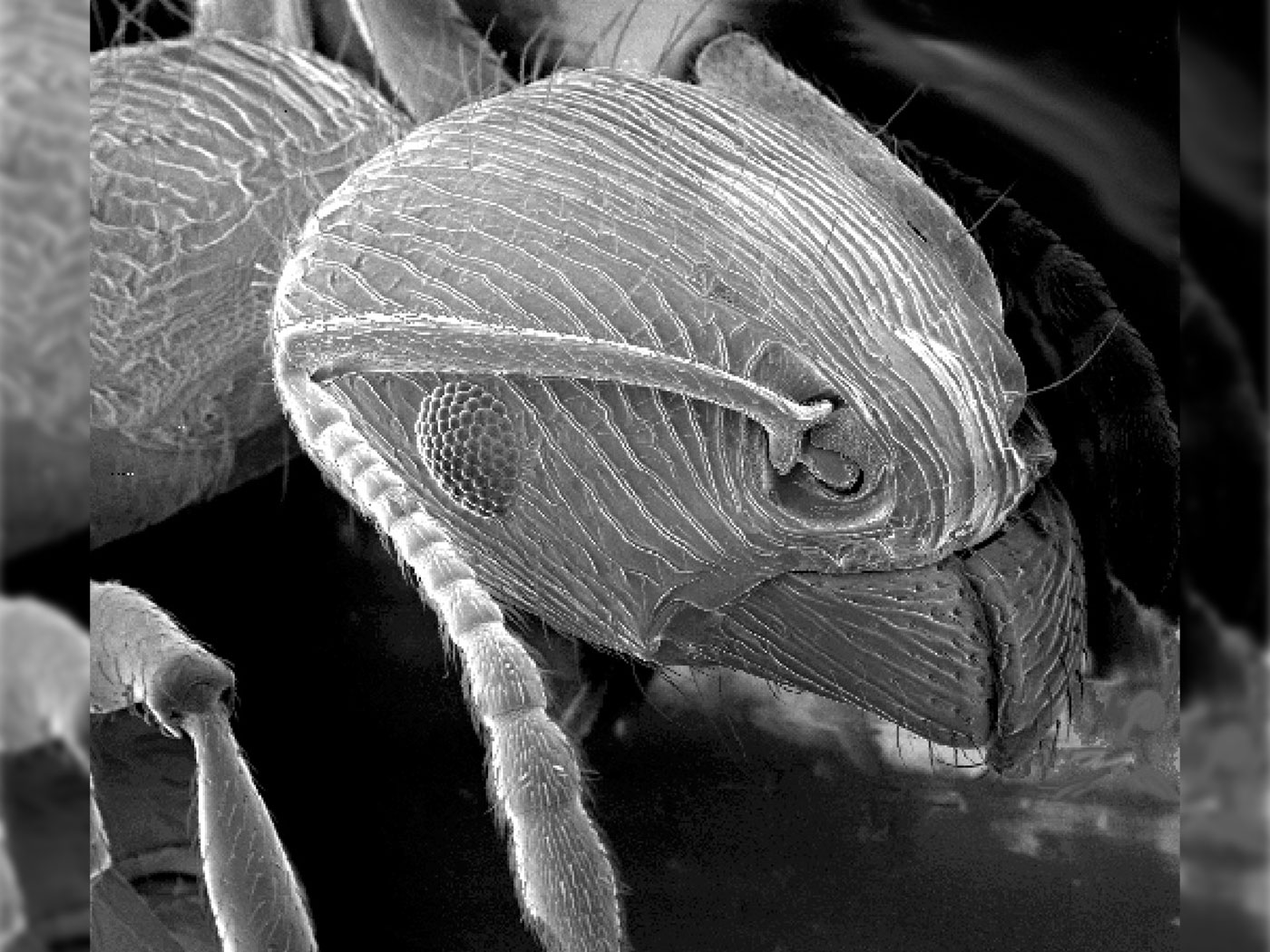Almost every nook and cranny of living cells investigated by scientists has yielded a new level of unforeseen and complicated organization. For example, before it was discovered, who would have suspected that DNA contains volumes of coded language with all the essential features of human language?1
Now, a new study reveals that the physical structure of DNA itself is an important component of how genes interact. Based partly on what appear to be three-dimensional organization schemes in the nuclear DNA of mammals, a team of scientists from the Wistar Institute directly measured the overall 3-D genome layout in the lab-friendly organism known as fission yeast.2
In their report published in Nucleic Acids Research, researchers wrote, "Our study suggests the presence of a global genome organization in fission yeast."3 This organizational structure plays a key role in how genes work together within a cell.
Inside any cell nucleus, long strands of DNA are unspooled and might appear to be curled and wadded randomly, like a bowl of spaghetti noodles. But working within the space around each strand, protein machinery can access the DNA like robotic librarians to "read" its vital information. And what the researchers confirmed is that the volumes in the yeast "library" with the same "subject" content were grouped together three-dimensionally. For instance, even though the genes that are used for a particular task (like processing sugars) might be located on different chromosomes, zones containing those genes were near to one another.3
Thus, while the cell is performing all its normal daily activities, the DNA is looped and gathered in such a way that the data required for certain functions are grouped together. This way, when that function needs to be executed, all the information is nearby, ready to be copied and put into play.
The researchers also found that routinely accessed data are located near the outer edges of the mass of DNA and protein, near the transcriptional machinery that is associated with the nuclear membrane. This makes the tasks of accessing and copying more efficient.
Evolutionary biologists, expecting cells to contain at least some random features from an imagined long history of evolutionary chance developments, have repeatedly been foiled by the continual discoveries of high-order specified complexity in cells. "Non-coding" DNA regions that had been confidently labeled "junk DNA" have proved to be just the opposite―highly expressed regulatory DNA.4,5 Similarly, long and repetitive stretches of DNA called transposons had been thought to be useless leftovers from ancient viral infections, but evidence continues to grow regarding their usefulness to genomic functions.6
Now joining the ranks is the discovery of a three-dimensional structure for the yeast genome―another example of remarkable design that is best explained as the work of an even more remarkable Designer.
References
- Oller, J. 1981. Words: Genetic and Linguistic Problems for Evolution. Acts & Facts. 10 (2).
- Is the Shape of a Genome as Important as its Content? The Wistar Institute press release, October 29, 2010.
- Tanizawa, H. et al. Mapping of long-range associations throughout the fission yeast genome reveals global genome organization linked to transcriptional regulation. Nucleic Acids Research. Published online before print October 28, 2010.
- Thomas, B. Study Shows 'Junk' DNA Builds Visible Traits. ICR News. Posted on icr.org May 4, 2010, accessed November 9, 2010.
- Thomas, B. Another Setback for 'Junk' DNA. ICR News. Posted on icr.org October 18, 2010, accessed November 9, 2010.
- Thomas, B. 2010. Evolution's Best Argument Has Become Its Worst Nightmare. Acts & Facts. 39 (3): 16-17.
Image Credit: H. Tanizawa et al, Mapping of long-range associations, Nucleic Acids Res, 10-28-10 (open access article, usage does not imply endorsement).
* Mr. Thomas is Science Writer at the Institute for Creation Research.
Article posted on November 15, 2010.



















